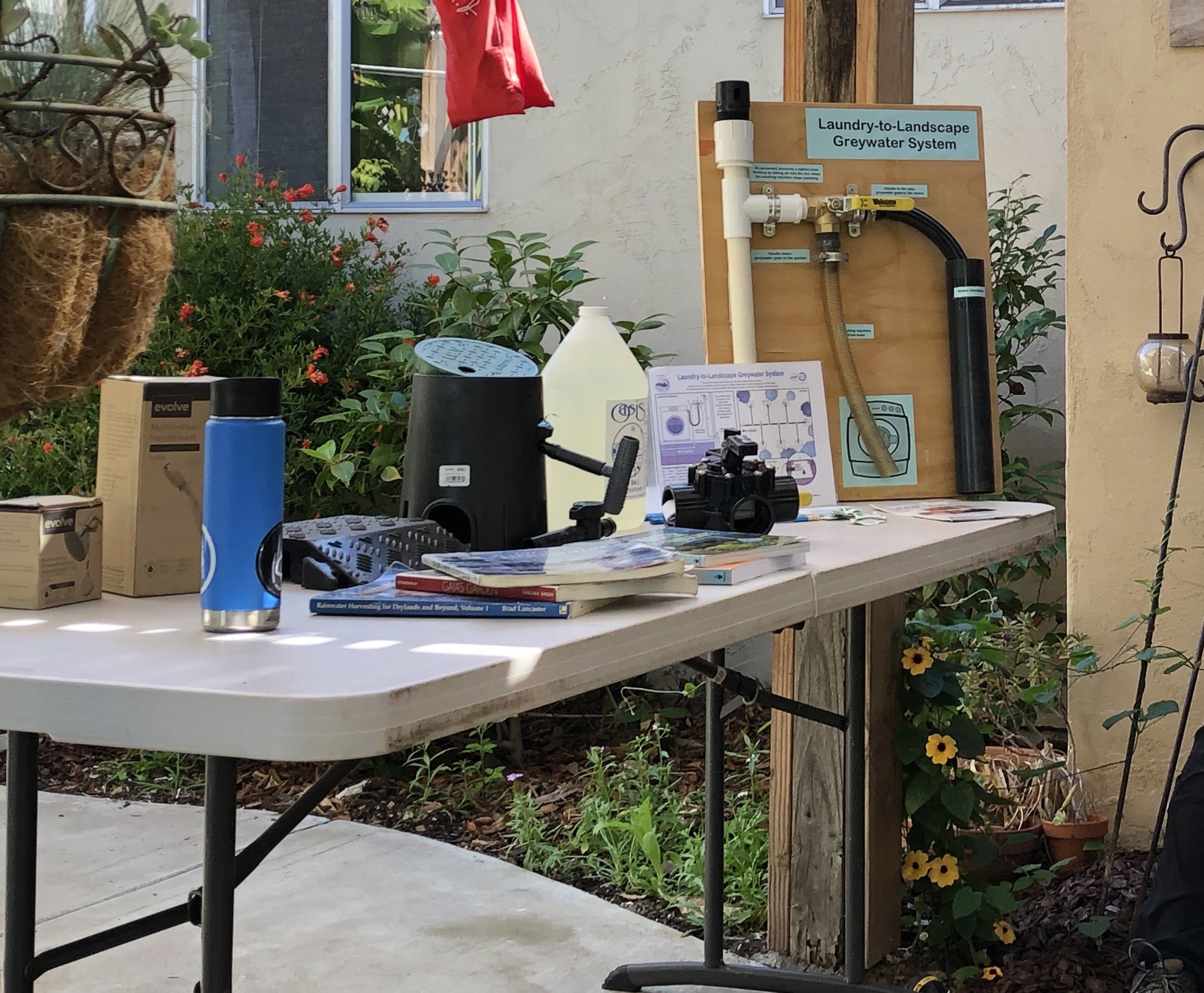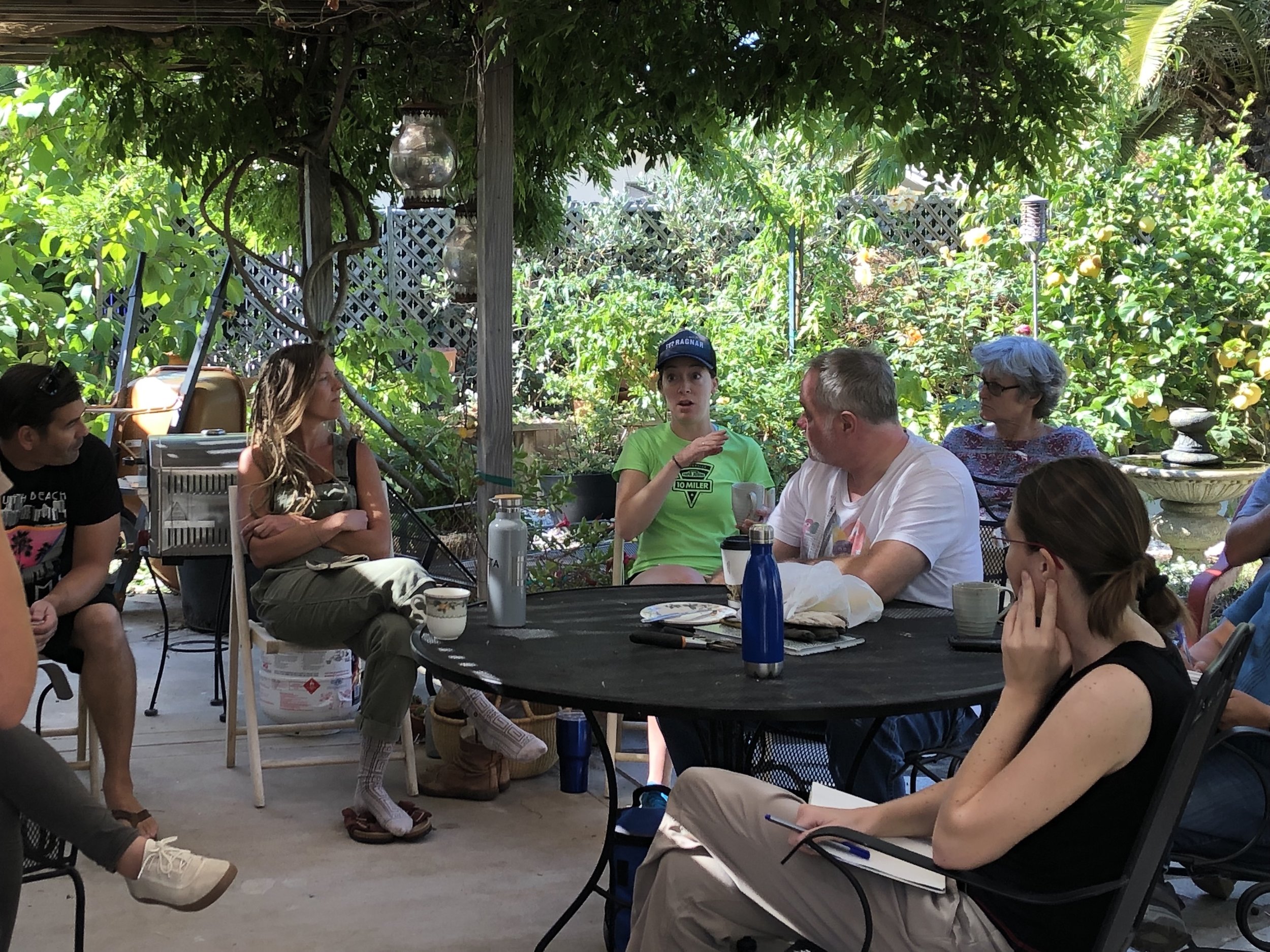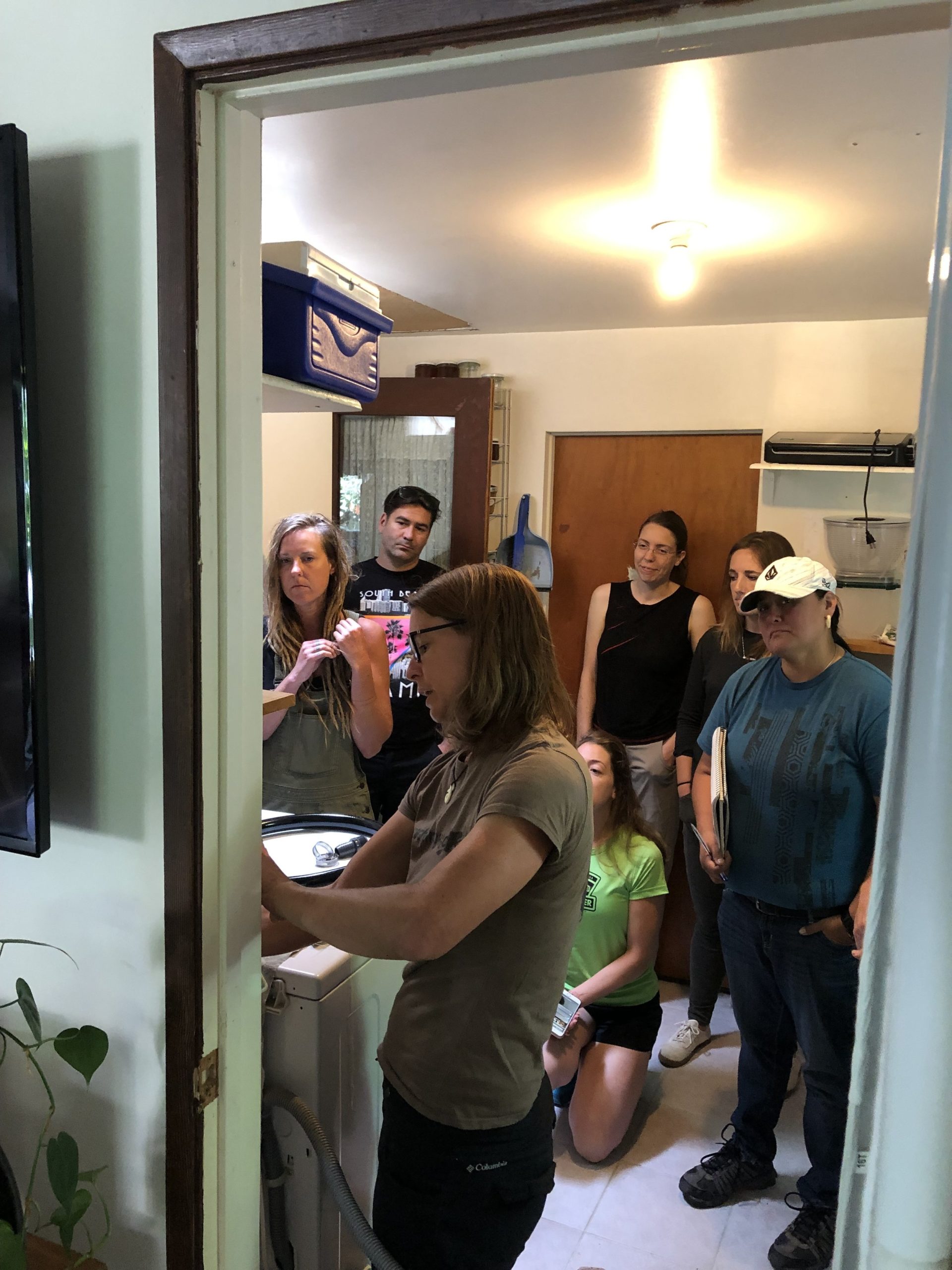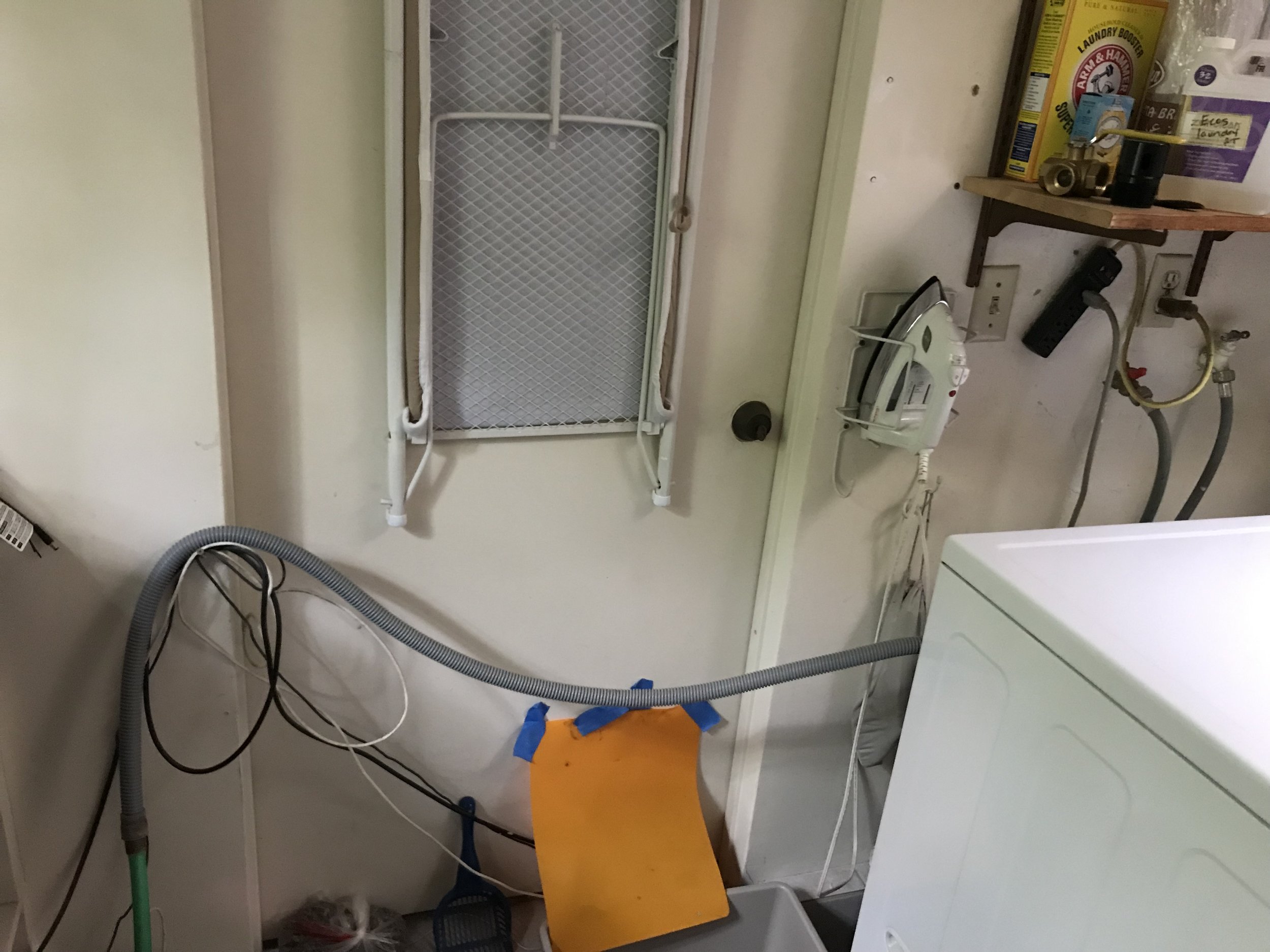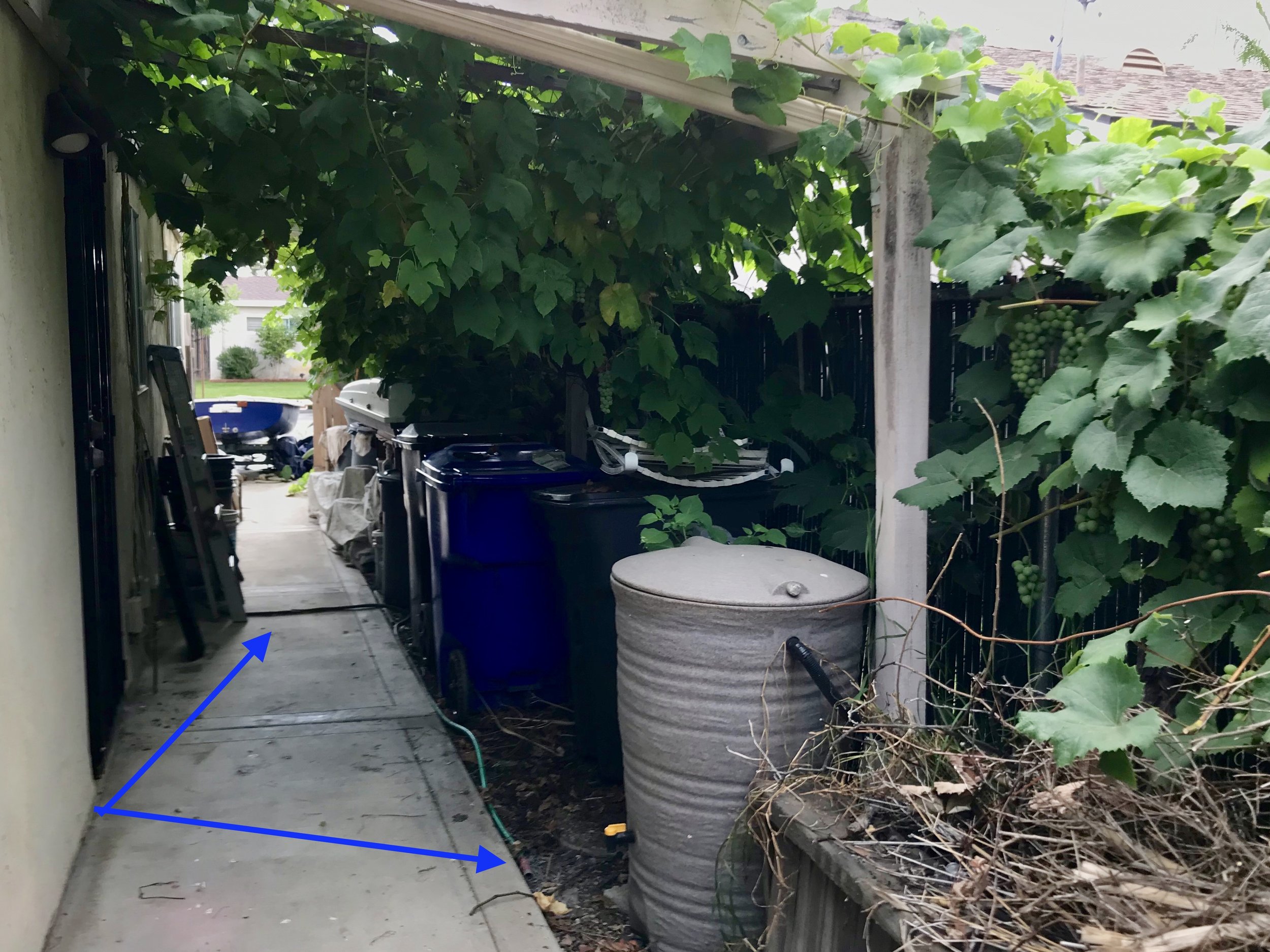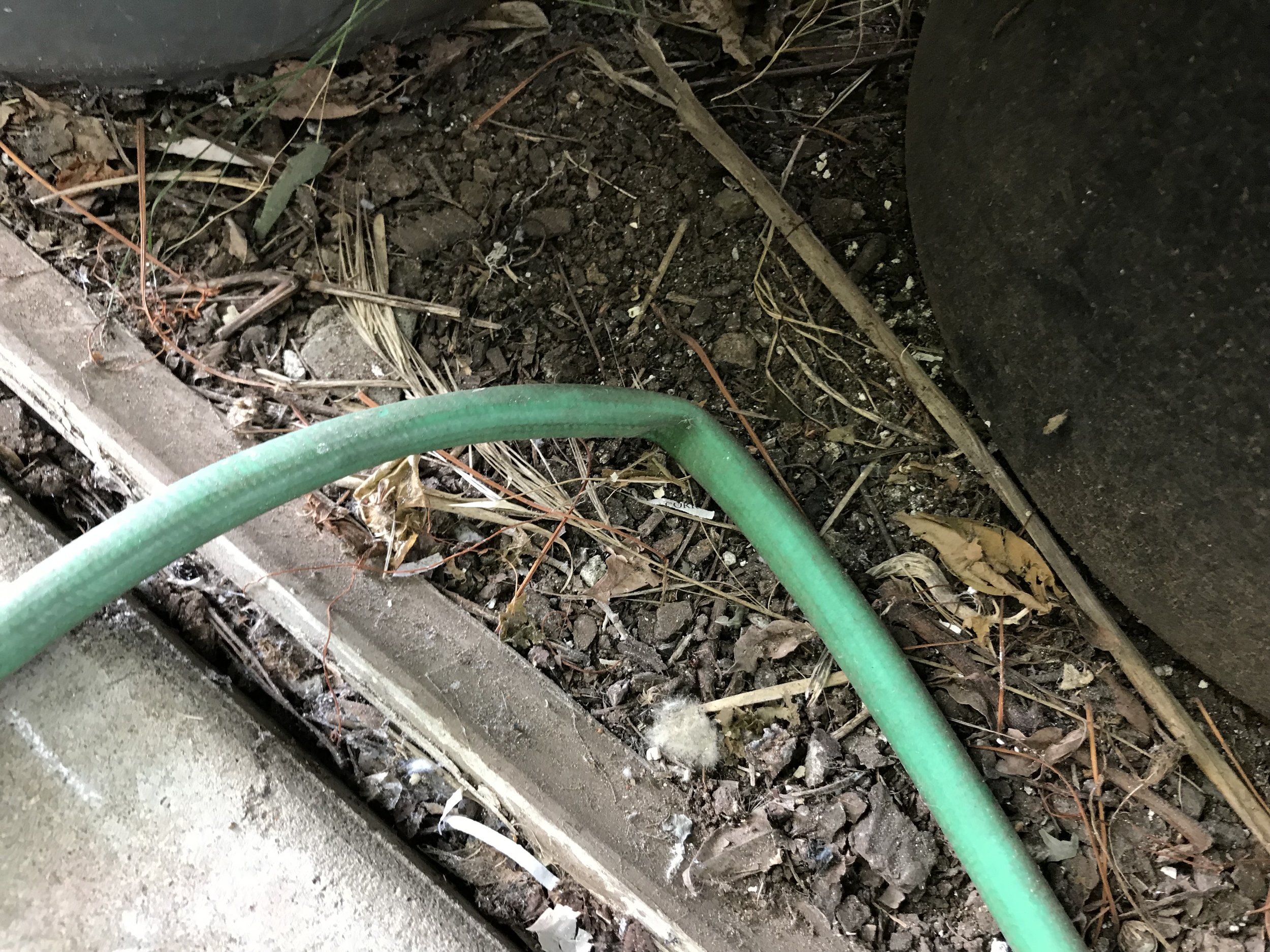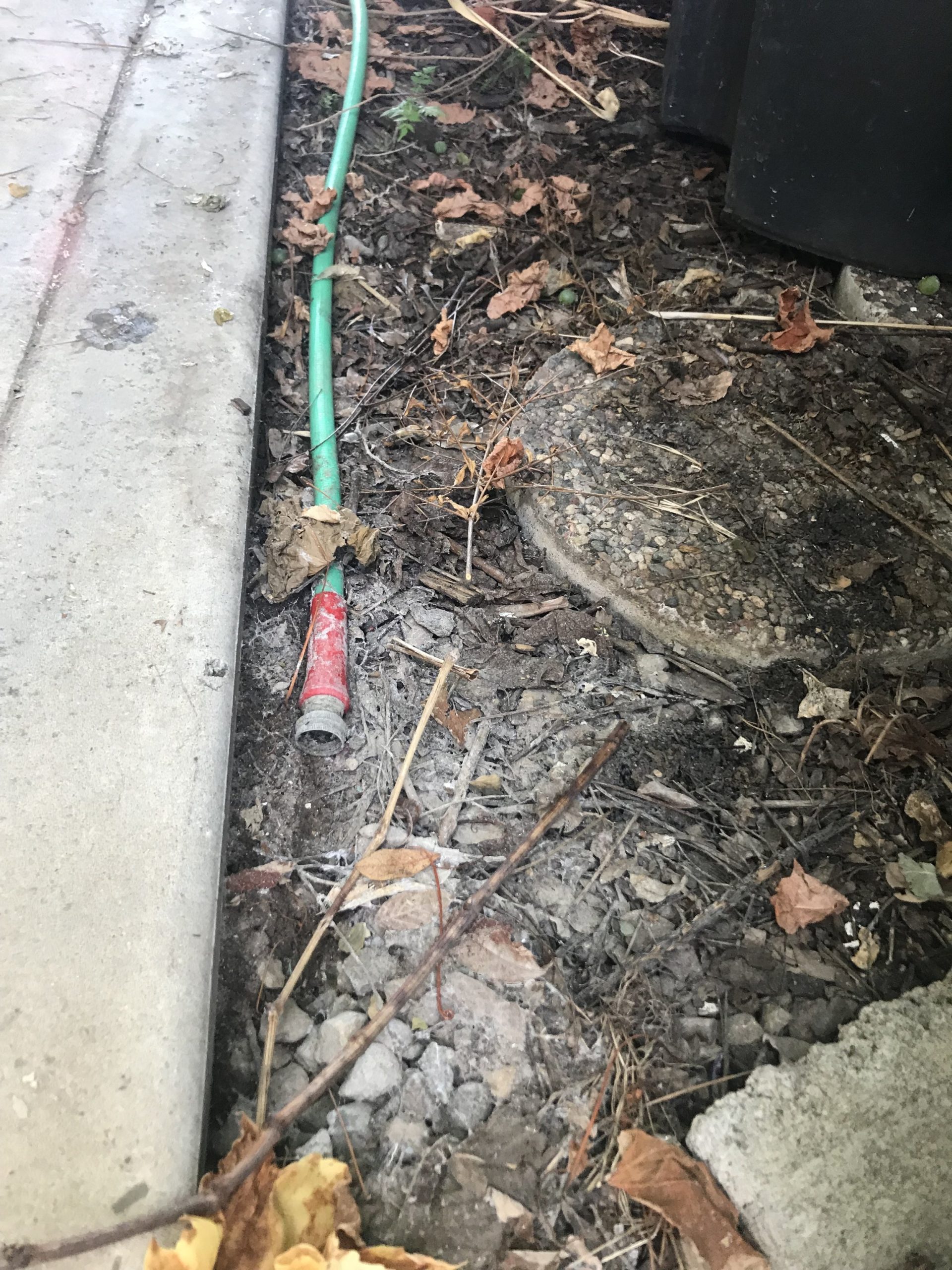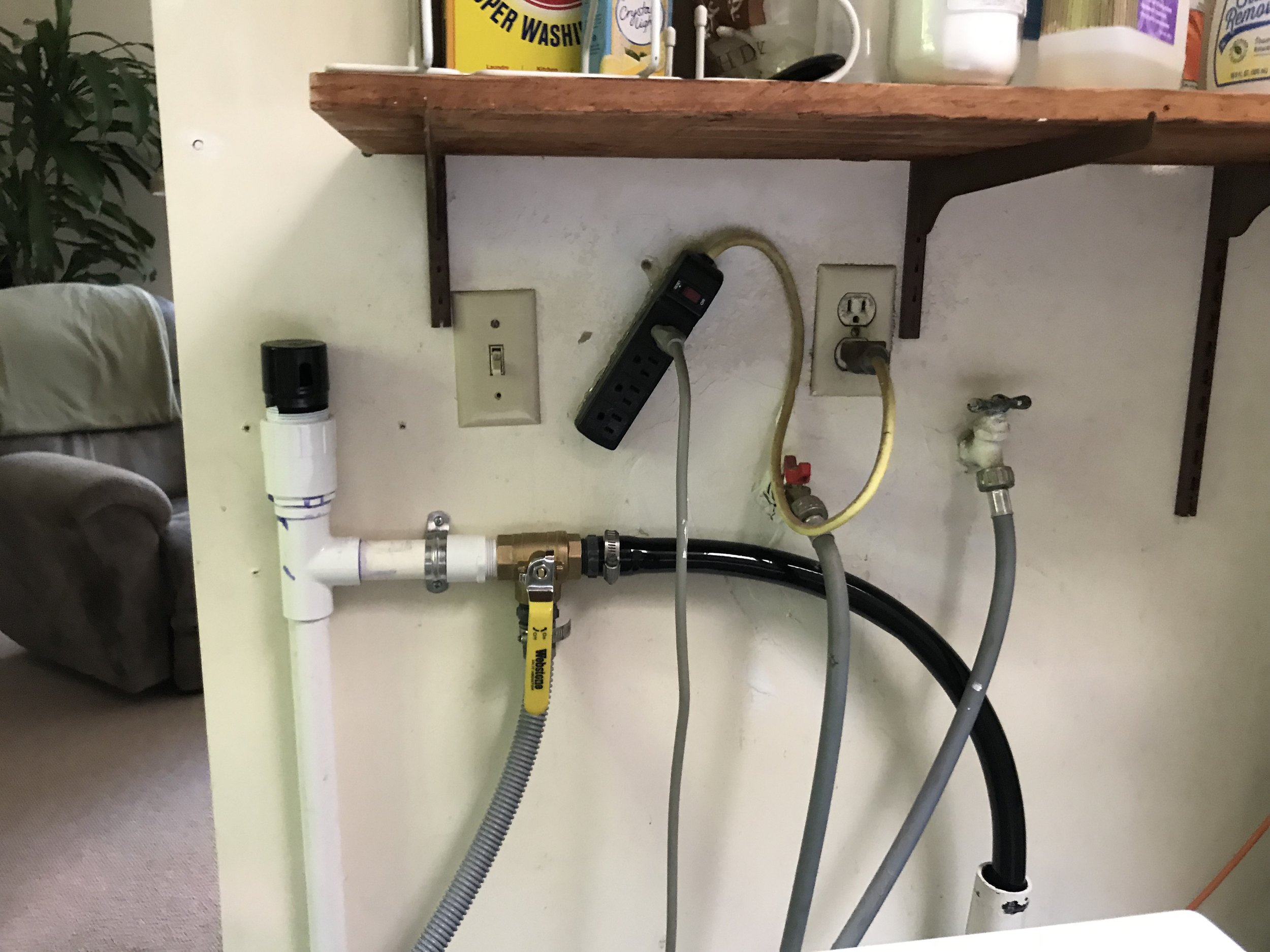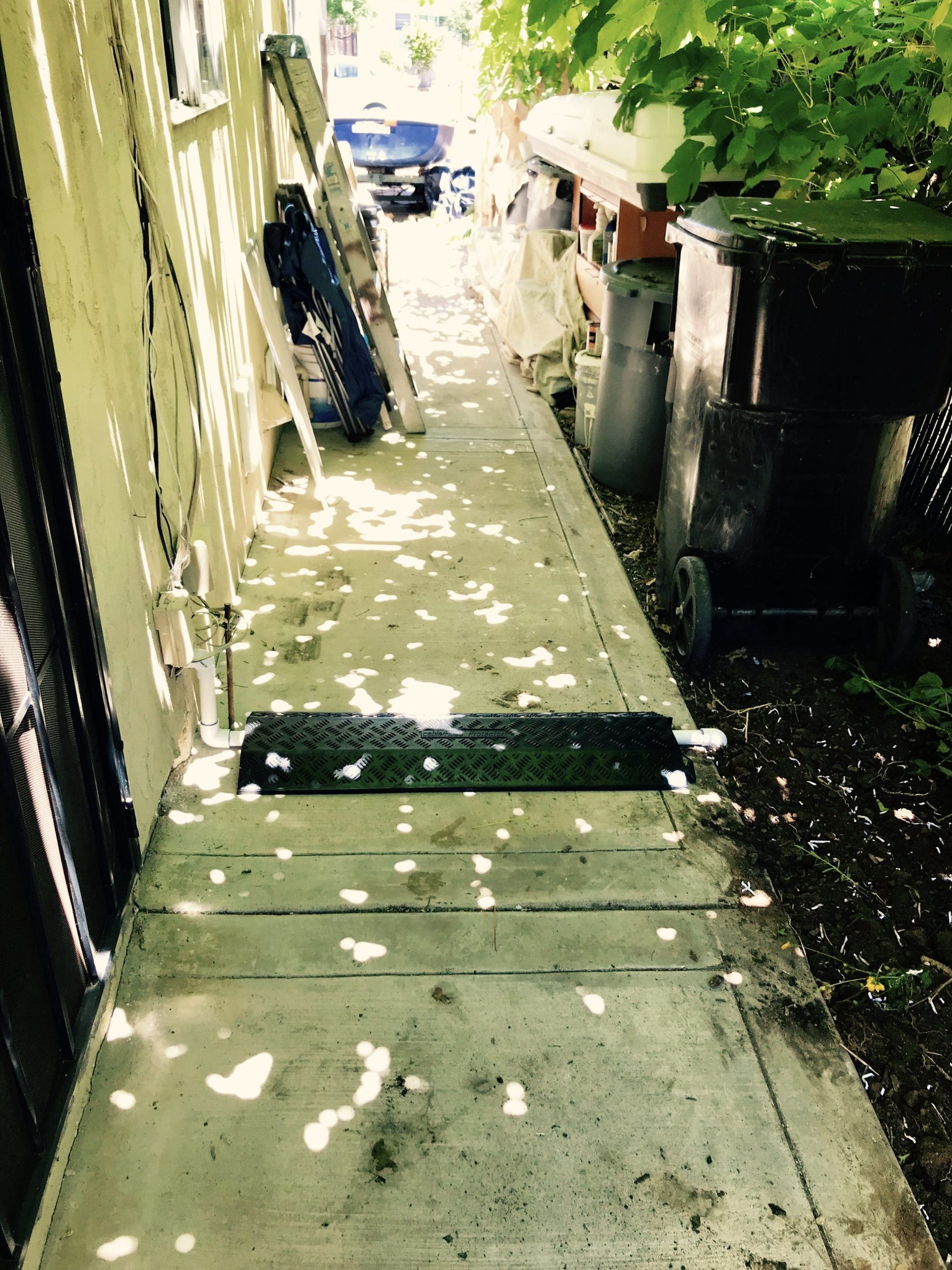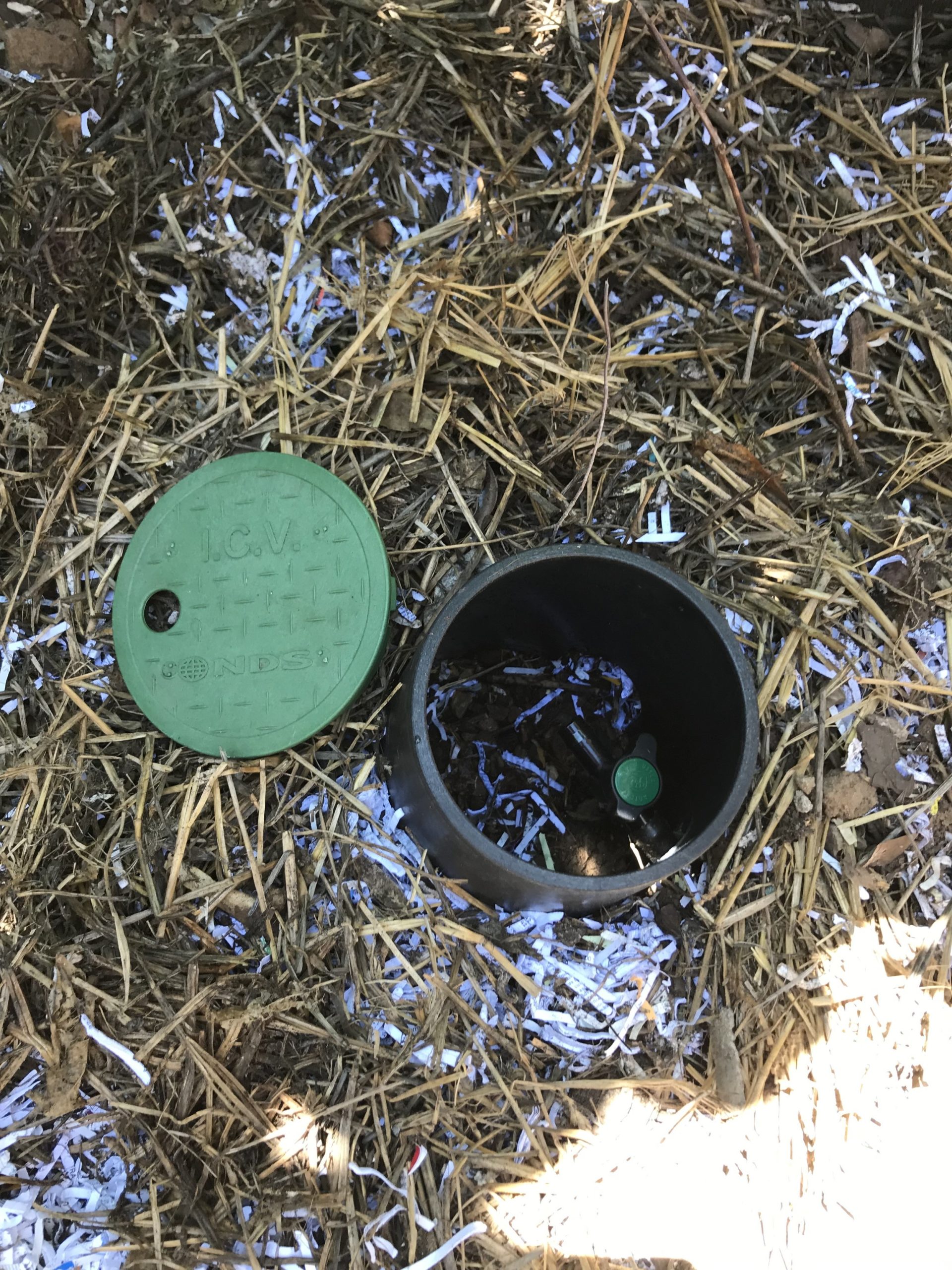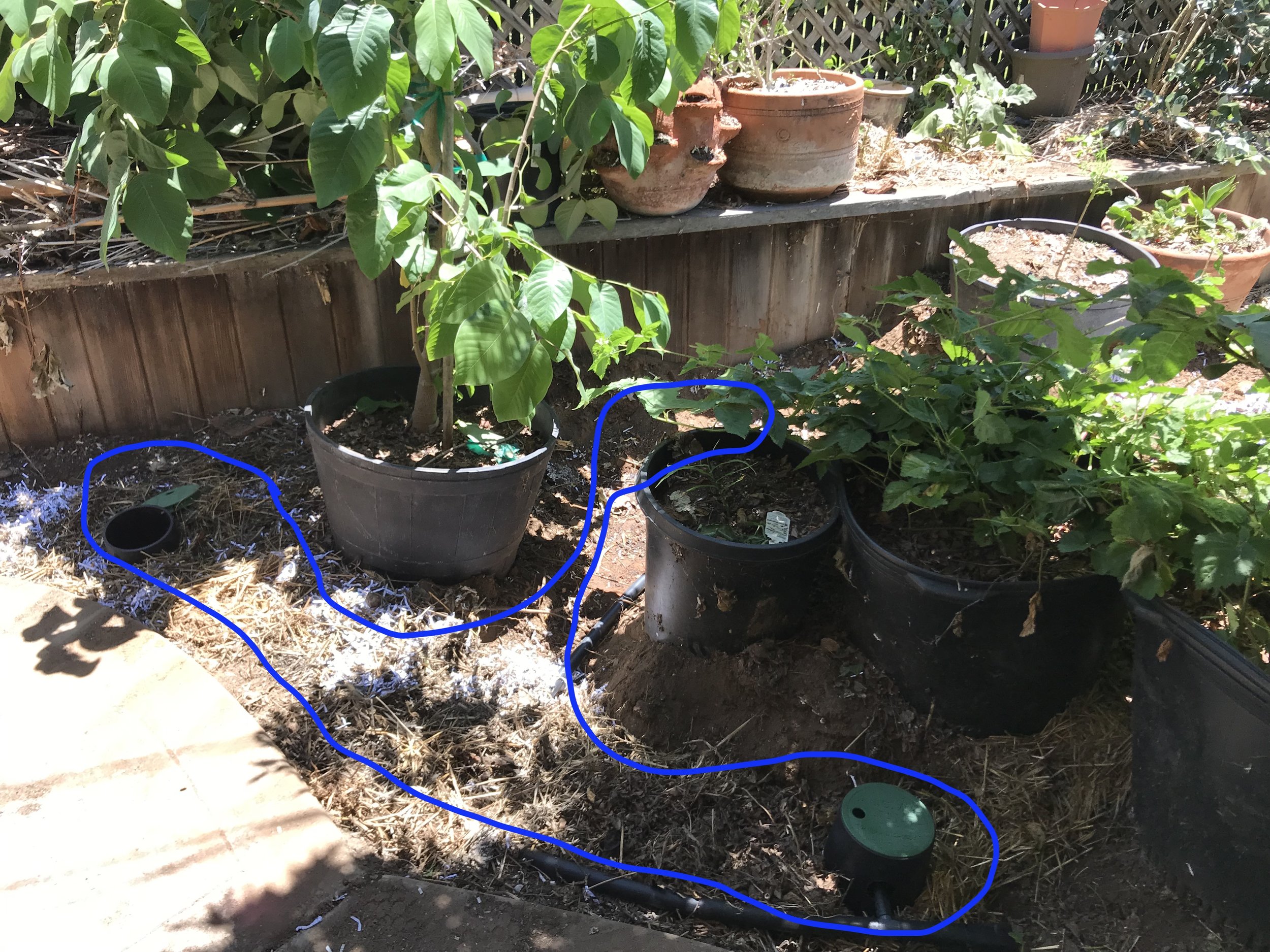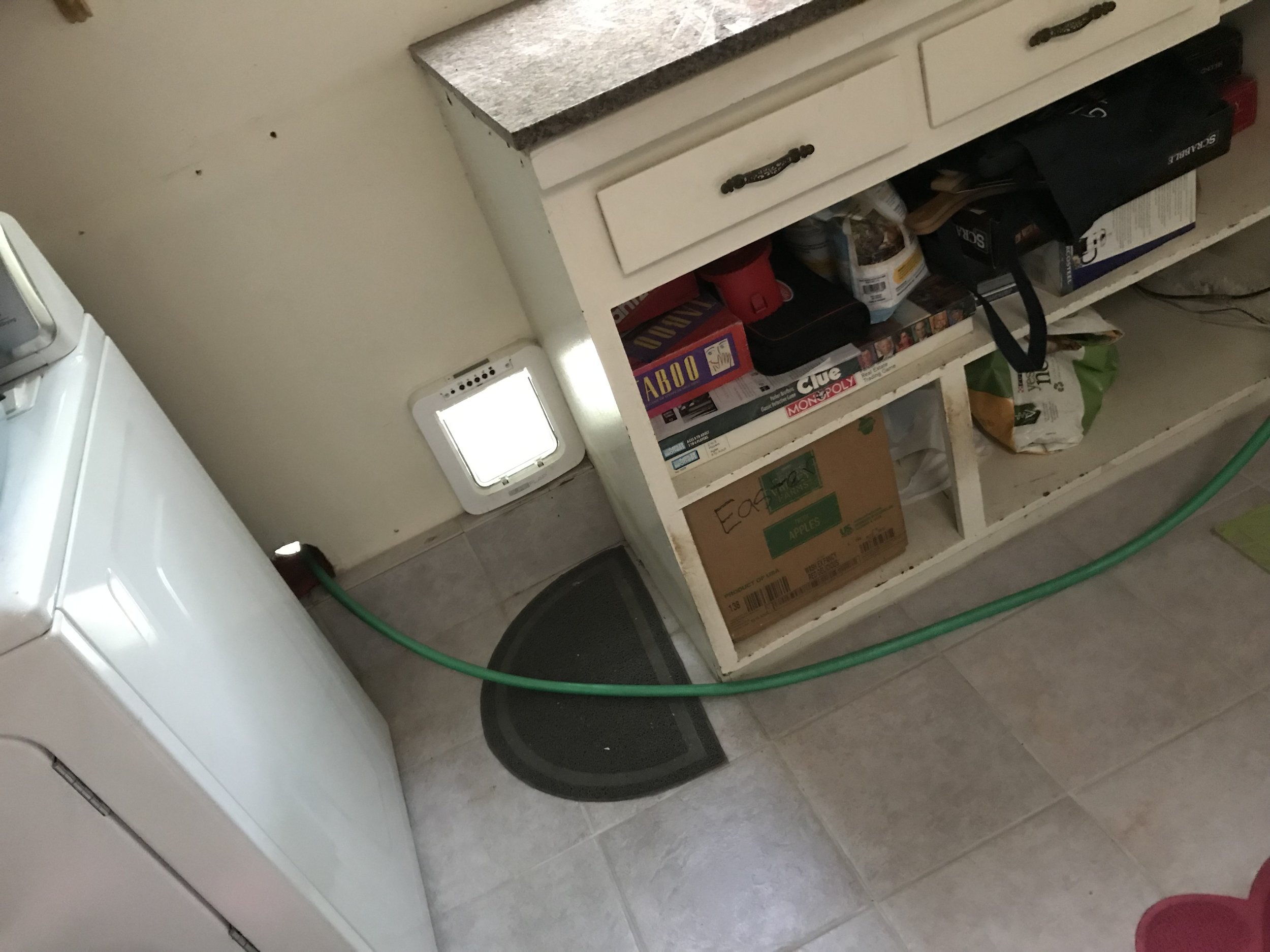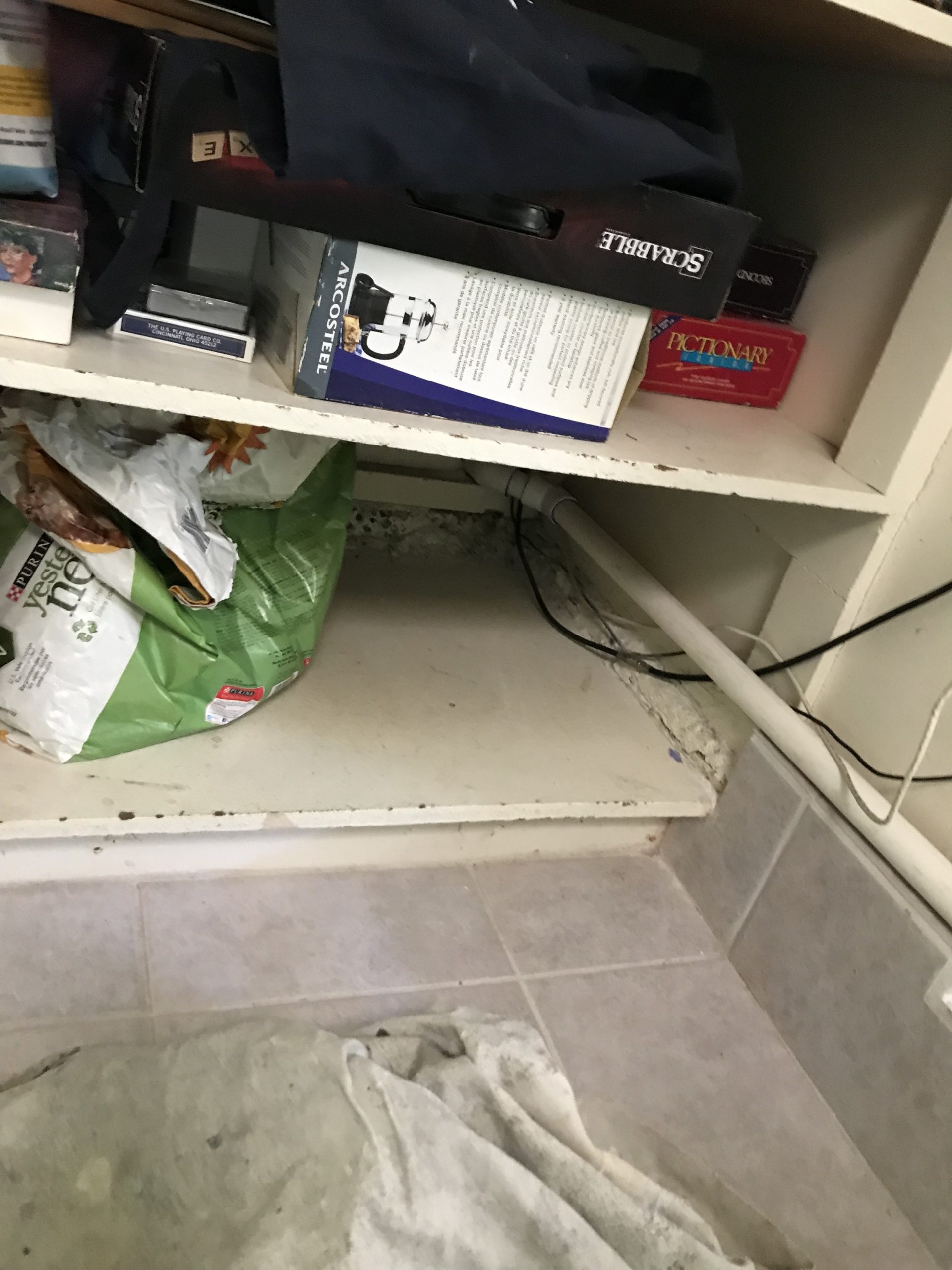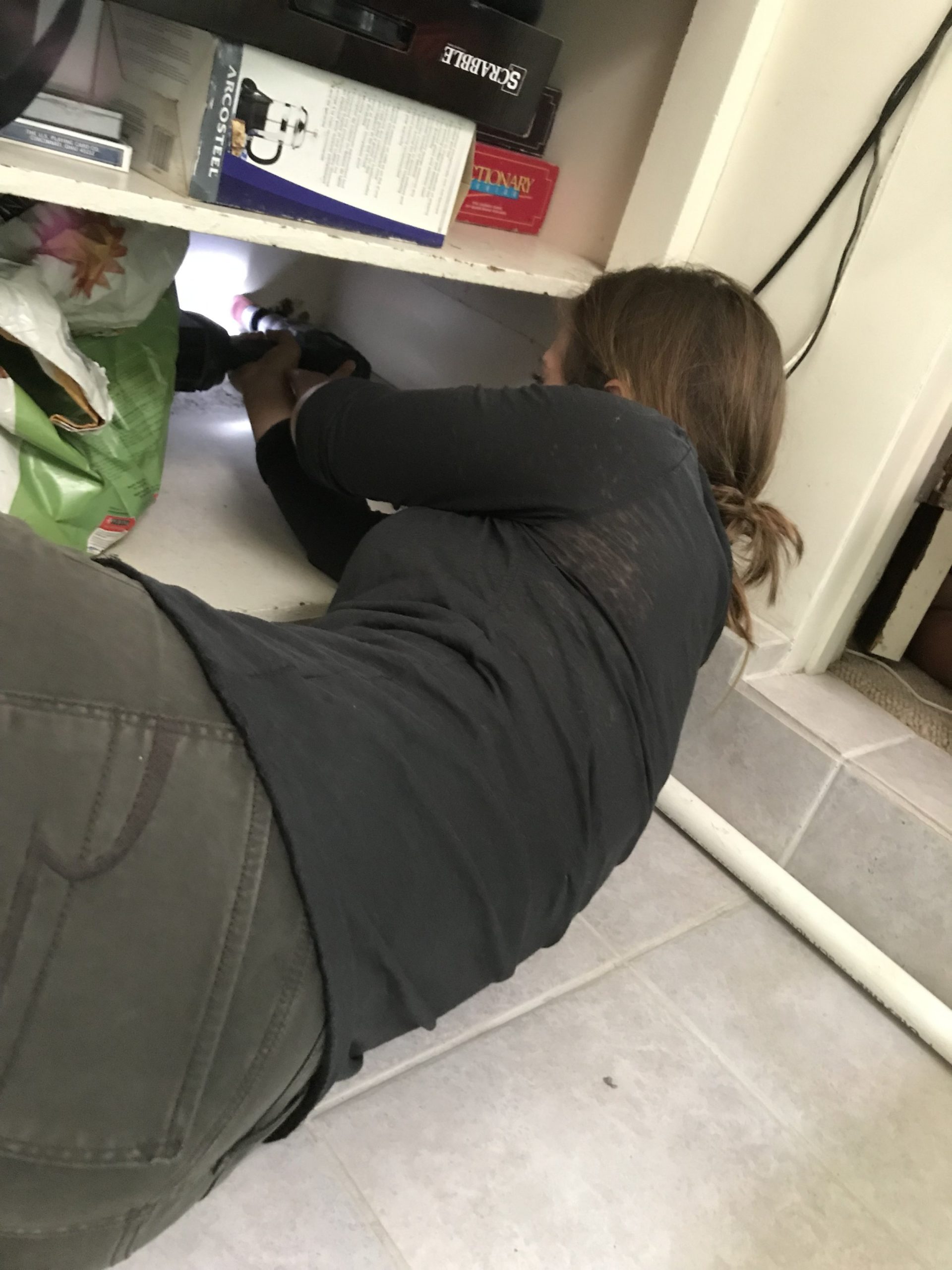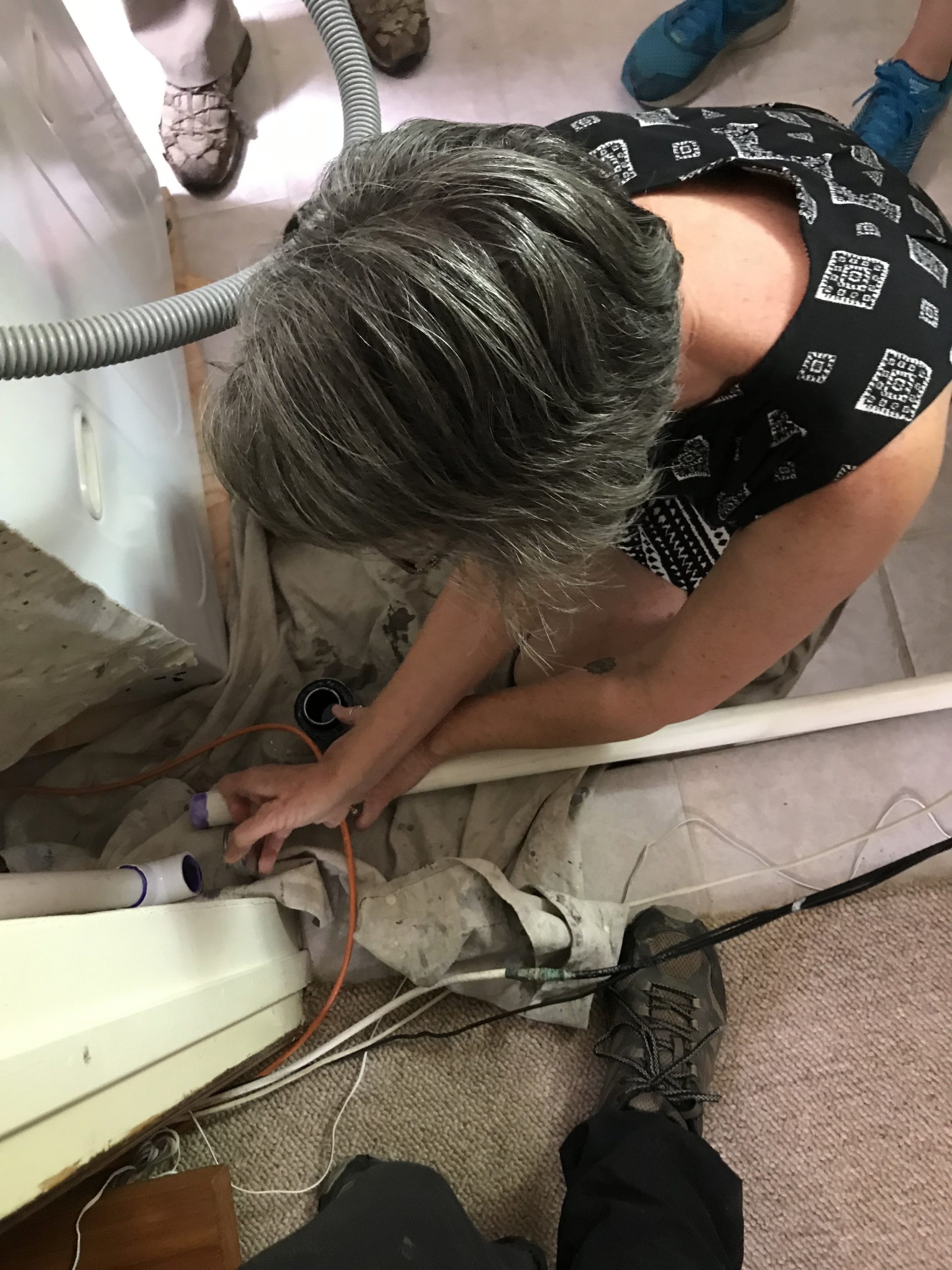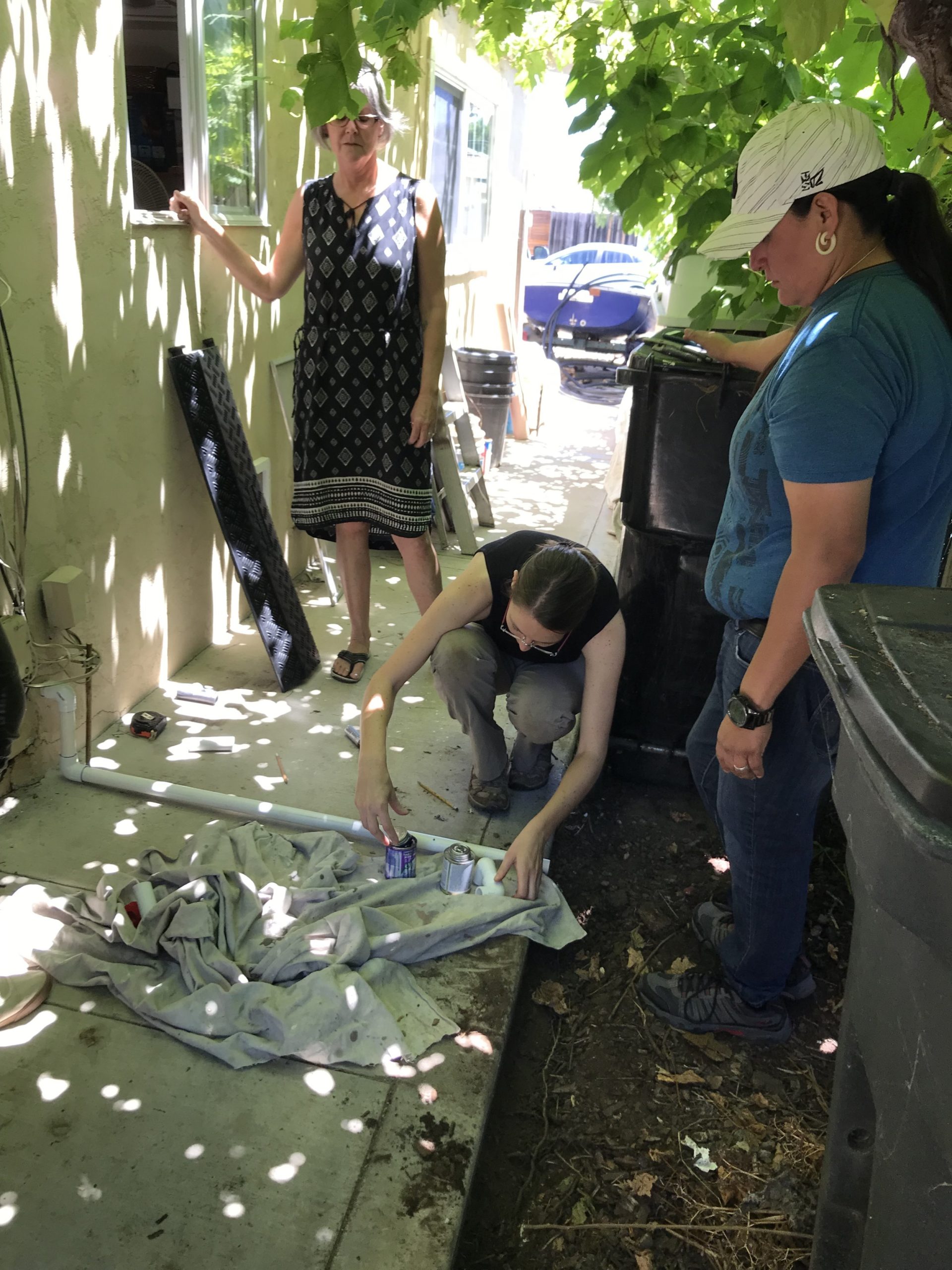I know many of you out there have already been using greywater for years very successfully, before it was legal, which is AWESOME. Now that its legal to use your laundry greywater without a permit, let’s answer some simple questions to find out if your system is up to code, and functioning in a way that is truly beneficial.
-
Have you significantly reduced your water use, or are producing more because of the gryewater, or is it just happening and the impact is unseen?
-
Have you wondered what happens when it’s raining and you are surfacing flowing your greywater onto a lawn or other area where the rain picks up the bacteria from that surface, delivered by your greywater, and carries it into a neighbors yard, or to the storm drain?
-
What do you do if you need to use bleach but don’t have an easy way to send the water back to the sewer?
-
Did you know that a simple garden hose might be shortening the life of the pump on your washing machine?
-
Do you ever find yourself forgetting to move the hose, or not wanting to when you know you should?
-
Is your setup a trip hazard, or wearing out?
These are all issues that can be addressed with some very simple strategies that involve simple parts and an approach that will leave you with a hands-free, long-lasting, effective and efficient greywater system. AND if you are in the City of San Diego, you can get a $250 rebate for your system.
In a Saturday morning workshop from 9-1, we re-installed a laundry greywater system to be more robust and effective with a more quantifiable result, for only $350 in parts (with a $250 rebate on the way). In the process, 10 participants learned how to install their own laundry greywater system.
The homeowner originally attached a garden hose to the laundry hose, as many people do. This hose ran through the laundry area, out a dryer vent, across a sidewalk, and drained into a single spot on the surface of the soil where it’s conservation impact was somewhat ambiguous.
Sometimes I wanted to use bleach but couldn’t because I couldn’t get the laundry hose separated without help. – Pam (homeowner)
The hose was not only a trip hazard across the sidewalk, but was deteriorating. Furthermore inside the house, the hose was in the way of sweeping and other maintenance in the area. The water was daylighting on the surface of the soil, creating a potential pathogen risk (see photos below).
With some simple plumbing parts and a little know-how we turned this into a robust, optimized system with a simple way to redirect water to the sewer (three way valve seen in first picture below), minimal lines in the way of day to day operations, a distribution system that is below the surface of the soil to ensure no contact with pathogens for the family chickens and other local wildlife. By understanding the “water budget”, we discussed how this family’s 2-3 loads a week in a 13 year old front load washer produces about 45 gallons a week. Turns out this is enough water for their nearby cherimoya, wisteria vine, and a couple roses. By eliminating hand-watering in this section of the yard, not only are the homeowners saving water, but they are conserving their time.
The hose going through the dryer vent was an issue for rodents/insects getting in the house. But with a snug hole for the pvc pipe to go through, this issue is eliminated.
AND we had fun doing it! Everyone got to learn new skills from cutting and glueing PVC, to using power tools, to digging basins/earthworks that catch water and allow it soak in. Plus we got to work in a nice cool, shaded backyard full of food plantings, butterflies, and sweet smelling herbs. With good soil thanks to onsite composting, mulch, lots of stored rainwater on hand, and an efficient greywater system in action this productive yard doesn’t use anywhere near as much water as a lawn would.
Join us for the next workshop, or contact us for a consultation now to get our expert guidance on how to maximize water conservation at your home. CatchingH2O/H2OME has been installing rainwater and greywater systems of all sizes and shapes for over 10 years. We can install your system, teach you how to install your system in a workshop or in a 1 on 1 tutorial, or give guidance to other professionals you are working with to ensure plumbing and landscape features get put in properly during remodels/construction.

